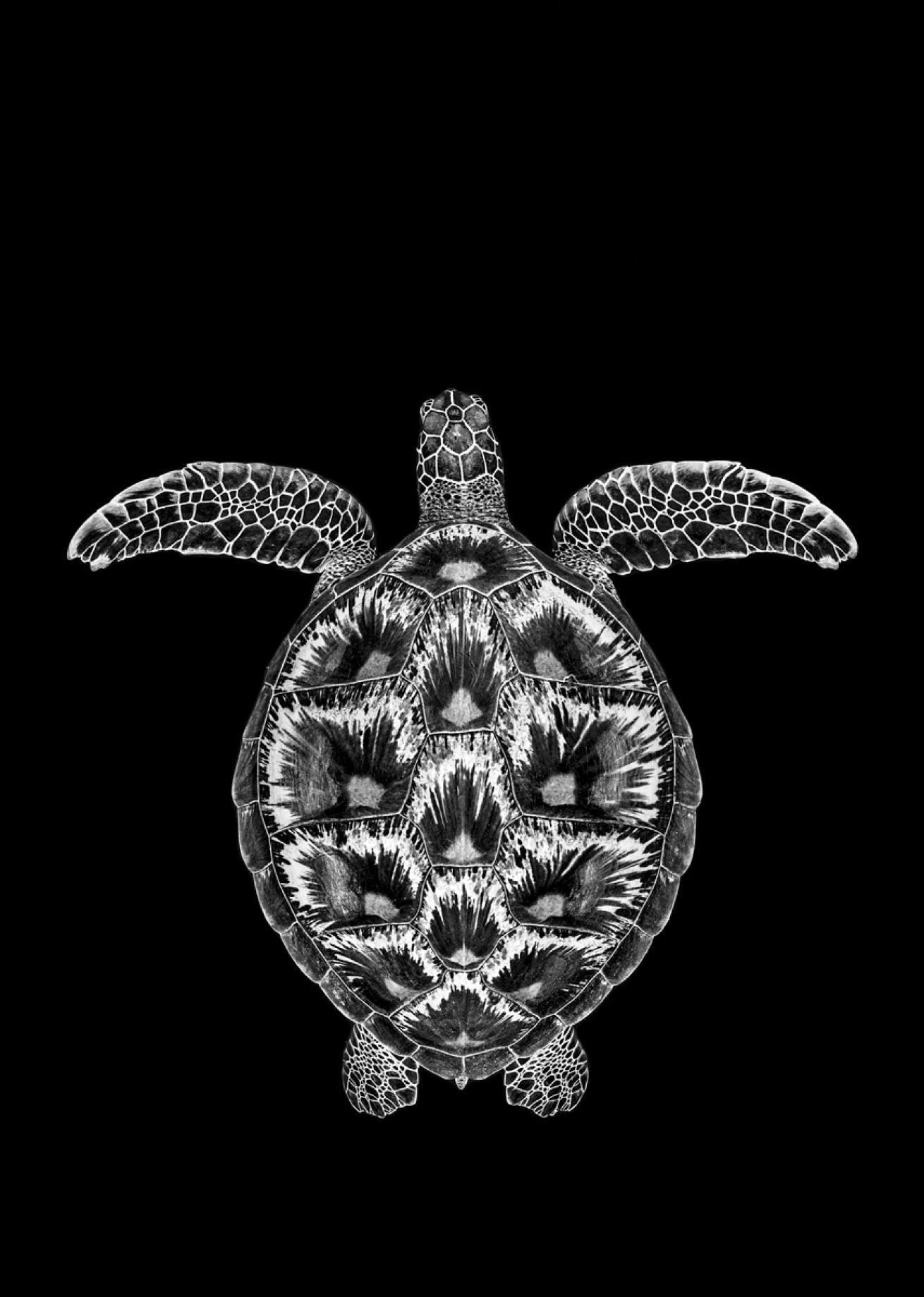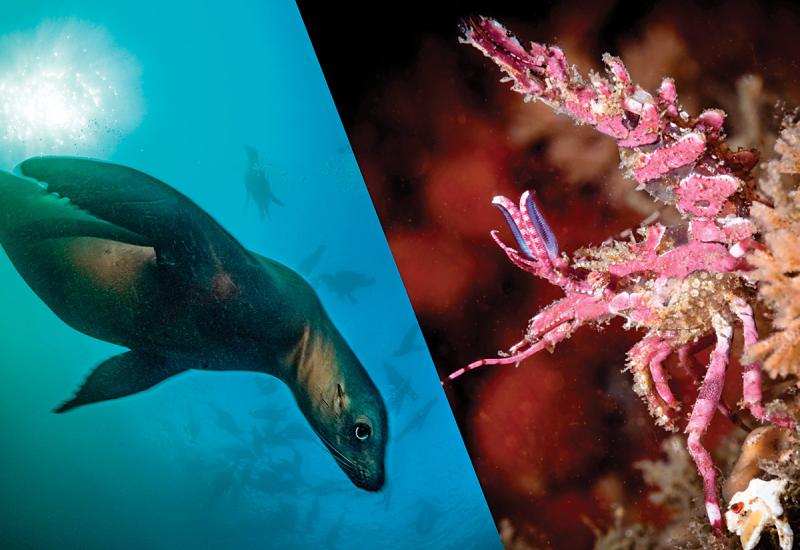Going Green: How to Improve Your Turtle Photography

Alex MustardGEAR: Nikon D850 with 105mm and Nauticam EMWL lens
SETTINGS: f/13; 1/20; ISO 500
Everyone loves a turtle. Any encounter with these ancient—and often endangered— reptiles is memorable. It is no surprise that all photographers want quality turtle shots in their portfolio. This month I will focus specifically on green turtles because different species of turtles offer vastly different shots. For this reason, it is useful to learn how to tell the common species apart, so you can plan the right shot techniques to use when you spot one.
Lessons in Patience
Approaching turtles takes some patience. If you race toward them, they will swim off, but if you take your time, swim parallel to them, minimize eye contact and slowly close the gap, they will almost always stay relaxed. Turtles don’t mind people being close; what they don’t like is when they are closed down. And once you get close, you still need to give them space to move. The best shots will have the turtle’s flippers hanging down or moving symmetrically—the signs of a relaxed turtle. When a turtle is trying to avoid the photographer, you’ll end up with its closest flipper at a strange angle as the turtle tries to scull away.
Green turtles are the preferential vegetarians of the turtle world. They love to feed on seagrasses and seaweeds. They are widespread, but there are many well-known hotspots where they can be found in abundant numbers: Sipadan Island, Malaysia; Tulum, Mexico; Bunaken outside of Manado Bay, Indonesia; Tenerife in the Canary Islands; and in Hawaii, where they are known as honu.
Embrace the Mess
Divers are most likely to meet green turtles on reefs, where they sleep and get cleaned. However, if you want to find them feeding, you’re better off exploring seagrass meadows. Often the best seagrass grows in shallow water, and snorkeling can be the optimal way to meet them. Seagrass often thrives in silty sediments, and turtles can be messy eaters. My approach is to embrace the mess. Not every image needs to be captured in perfect visibility; in this case, less strobe power is more!
Be Cautious
Turtles need to breathe regularly, especially when expending energy to feed. This provides the chance to shoot them at the surface. Turtles feel vulnerable when exposed, so a sensitive approach is required. But surfacing green turtles make for a great opportunity to take attractive reflection shots, images featuring Snell’s window and split-shots.
If you are scuba diving, don’t follow turtles up when they need to breathe, they can ascend far more quickly than you can. Instead, position yourself directly below them, because nine times out of 10, turtles will dive down vertically after breathing, straight toward your camera. When the turtle is about 30 feet above you, exhale so that your bubbles have passed behind the turtle by the time it reaches the camera.
Related Reading: How Do Sea Turtles Breathe? Fun Facts You Should Know about Sea Turtles
Green turtles use reef environments for resting and scratching, neither activity makes for great photos. That said, resting turtles are well-suited for portraits, especially if you have a macro lens. Fortunately, green turtles have more attractive faces than other types of turtles, and head shots work well. However, while a scratching turtle looks great on video, in a still image, it is hard to work out what is happening. Cleaning is a much better opportunity, and in special places, green turtles visit reefs where algae-eating fish, such as surgeonfish and blennies, pick at their shells. A great location for these shots is Kona, Hawaii, where brilliant yellow tangs act as cleaners.

Alex MustardGEAR: Nikon D850 with 13mm f/2.8 fisheye lens
SETTINGS: f/14; 1/200; ISO 400
Behind The Shot
1. Green turtles have great faces, and their eyes are much more expressive than other species such as hawksbills or loggerheads. So don’t despair if you see a turtle and have a macro lens fitted, as it can be ideal for face portraits. For this image, I was shooting with Nauticam’s special EMWL-160 lens, which gives an ultra-close-focus, wide-angle view, enabling me to make the face the dominant element in this picture while still capturing a wide-angle view of the environment. Because the lens was so close, I just required a tickle of strobe light to illuminate the turtle’s features. The photo was taken in the evening, so I had to risk a long exposure to capture the background.
2. Green turtles, particularly younger individuals, have beautifully patterned shells, and the best way to show them off is to photograph them from above against the deep blue water of the drop-off. I converted this one into black-and-white, but it works well in color too. This is where being able to identify the species makes a big difference; I have watched countless photographers try to get this shot with hawksbills, which don’t have such attractive shell patterns. I used a fisheye here, but this shot works better with a wide-angle zoom. If you get too close with the fisheye the turtle becomes all body with tiny flippers, and nobody looks good like that!
Where To See Them
Green turtles are highlights of dives around the world. Both of these images are from Indonesia. The black-and-white image was taken in the Bunaken National Marine Park off Manado, which has lots of green turtles gathered on the walls and feeding on the seagrass in the shallows.
Related Reading: How Streamlining Your Kit Will Improve Your Underwater Photography

e8d8.jpg)








